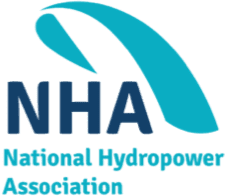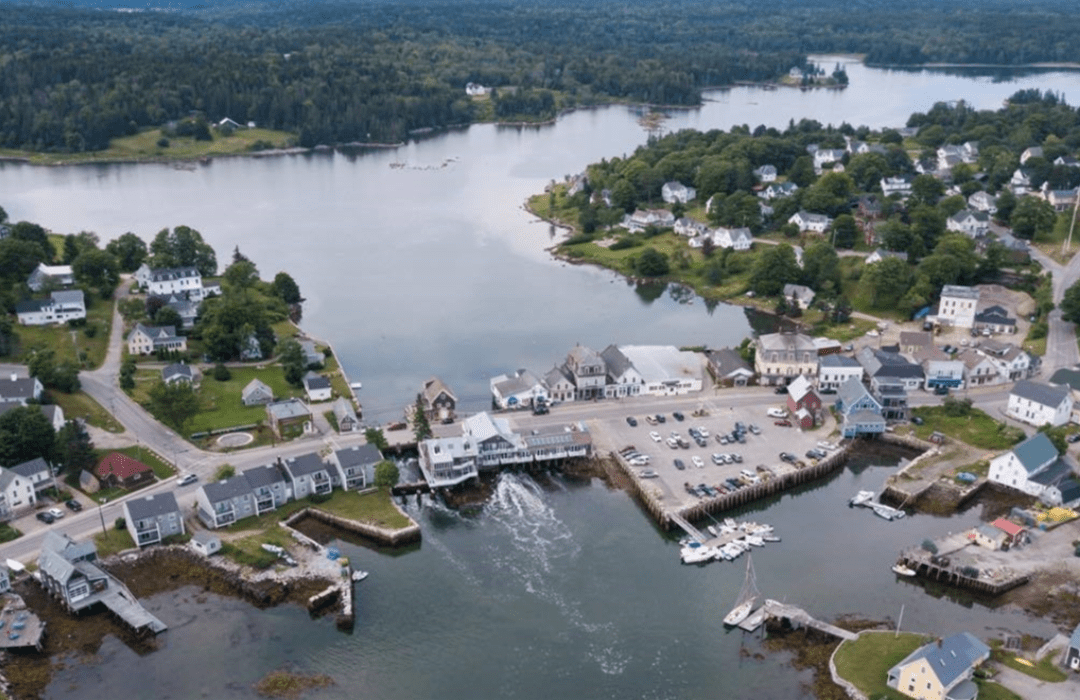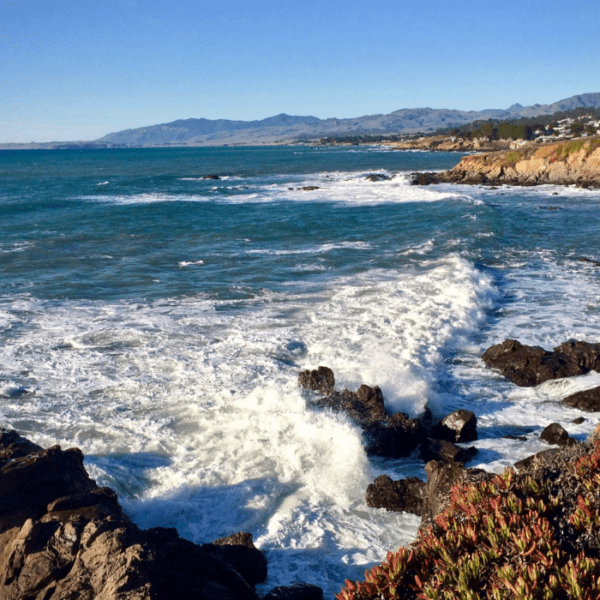Harnessing the power of the tides has fascinated people for hundreds of years. Whether it was the earliest documented tide mill built in Saint-Pol-de-Leon, France, in 588 AD, or the monastery tide mill, built in 619 AD, in Nendrum, Ireland, which featured an early form of turbine, tidal energy is part of human history.
Organizations like Tide Mill Institute recognize the importance of tidal energy and strive to advance the appreciation of tide mill history and technology. By encouraging research, promoting appropriate re-uses of former tide mill sites, and by fostering communication among tide mill enthusiasts, the Tide Mill Institute aims to both preserve and advance the resource.
The idea for Tide Mill Institute came from John Goff, former editor of the Tide Mill Times, who joined forces with Earl Taylor of the Dorchester Historical Society, and Bud Warren, a researcher particularly interested in the tide mills of Maine and New Hampshire. Together, they established Tide Mill Institute as a research and educational organization in 2005. Tide Mill Institute is now a 501(c)(3) nonprofit registered in Maine with a 16-member leadership and advisory team, and over 450 members and subscribers.
With a multi-faceted mission, Tide Mill institute seeks to:
• Advance appreciation of the American and international heritage of tide mill technology.
• Encourage research into the location and history of tide mill sites.
• Serve as a repository for tide mill data for students, scholars, engineers and the general public and to support and expand the community of these tide mill stakeholders.
• Promote appropriate re-uses of old tide-mill sites and the development of the use of tides as an energy source.
Tide Mill Institute leverages history to help communities see the importance of tidal energy as part of the renewable energy mix; hydropower owners and operators looking to communicate the value of hydro and develop stronger community relations should borrow lessons from Tide Mill Institute’s work.
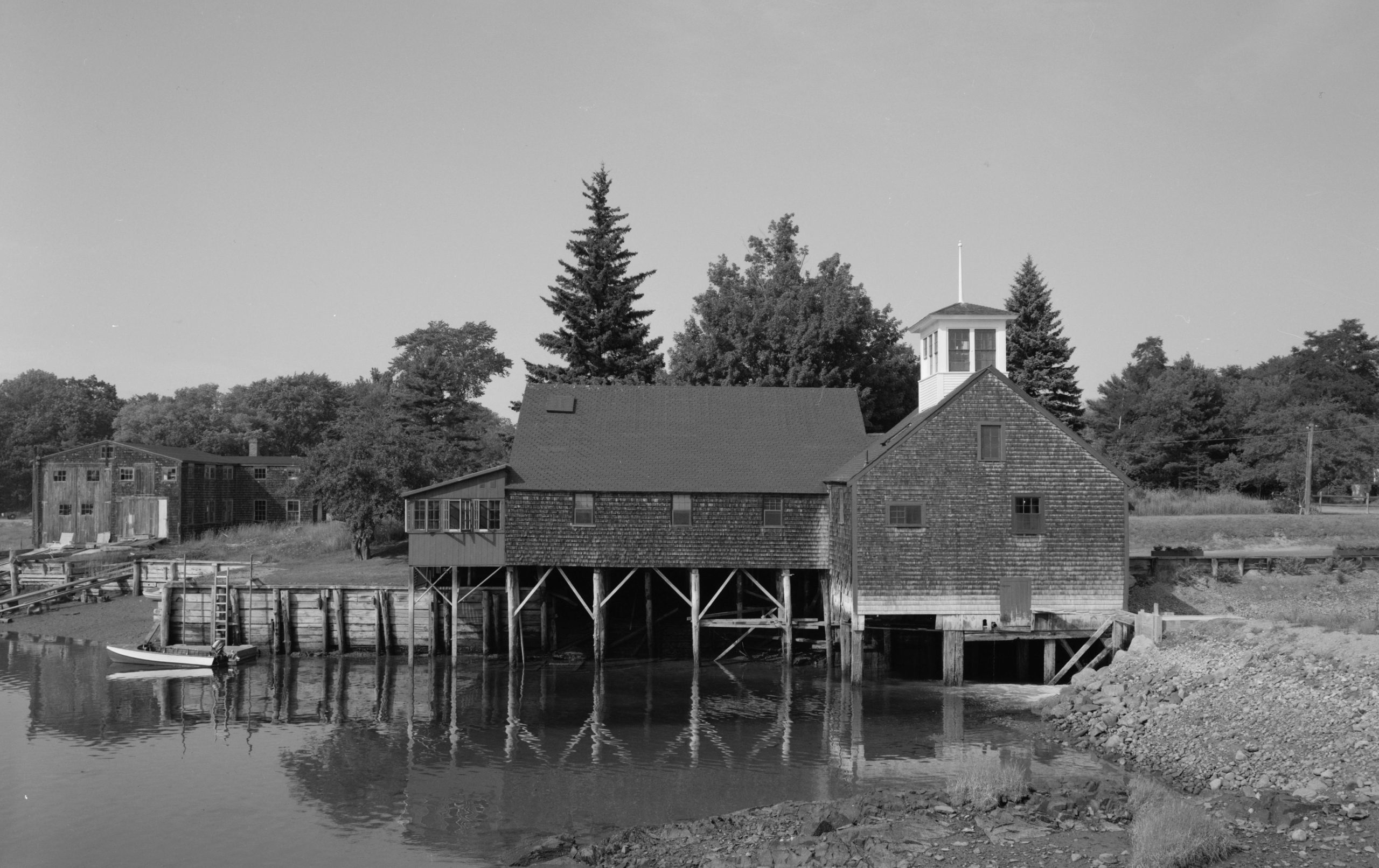
The former Perkins Tide Mill in Kennebunkport, Maine.
HOW TIDE MILL INSTITUTE IMPLEMENTS ITS MISSION
1. Advance appreciation of the American and international heritage of tide mill technology. Tide Mill Institute offers Tide Mill Talks to historical societies and other interested organizations. The talks, which can be in-person, virtual, or hybrid, typically feature an overview of historical tide mills, a focus on local tide mills of special interest to the audience, and typically conclude with an update on the latest news on tidal power generation. Over 500 attendees have enjoyed these Tide Mill Talks to date.
Tide Mill Institute also produces and screens videos about historical tide mills, most recently the tide mills of the York River in Maine, where Maine’s earliest tide mill was constructed in 1634. Tide Mill Institute’s YouTube page features the York River video along with many others, including spectacular drone fly-overs of tide mill sites with visible relics, as well as videos from Tide Mill Institute’s annual Conferences.
Tide Mill Institute holds an annual Conference, typically in the fall, where members gather in person and virtually to share presentations on the history and future of tidal power. John Ferland, President of ORPC, was a guest speaker in 2022, and he gave an inspiring update on ORPC’s technologies and deployment plans. Conferences often feature guided visits to historical tide mill sites.
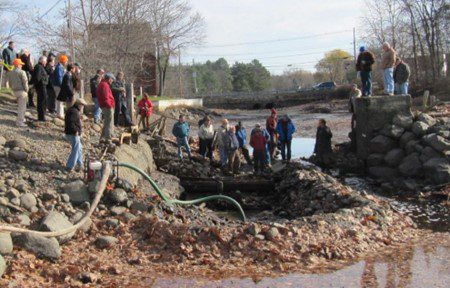
Tide Mill Institute annual conference attendees explore the remains of a 19th century tide mill in Kennebunkport, Maine.
2. Encourage research into the location and history of tide mill sites. Tide Mill Institute sponsors archeological investigations of tide mill sites, most recently of the Bells’ Mill, in Edmunds Township, Maine. The report on the dig will be made available to Tide Mill Institute’s members and subscribers soon.
Tide Mill Institute’s leadership team boasts several distinguished authors, who write about the history of tidal power. Robert Gordon and Patrick Malone, emeritus professors at Yale and Brown universities, respectively, published a fascinating article (Water History, 2019) on Boston’s 1813 “perpetual power” system. The continuous tidal power (sold utility fashion in “mill power” units!) provided by this innovative two-basin system enabled development of a complex industrial innovation hub including a grist mill, ironworks, foundry and machine shop, hemp mill, ropewalk, and veneer sawing factory.
Mark C. Borton’s thoroughly researched book Moondoggle, published this year by Down East Books, documents the thrilling but ultimately frustrating saga of the never-built Passamaquoddy tidal power plant in a highly readable fashion. Had it been implemented, the Quoddy system would have produced a whopping 3 billion kWh per year. Modern tidal power developers may find a few lessons here!
3. Serve as a repository for tide mill data for students, scholars, engineers and the general public and to support and expand the community of these tide mill stakeholders. Tide Mill Institute’s primary repository is the Tide Mill Database, brainchild of board member Bob Gray, and available to the public here. The database contains 650 entries on historical tide mill sites, of which 432 are visible on a Google Earth map. Try searching for “Winnegance” in the database to see the rich collection of photos, videos, and articles documenting the multiple sawmills that were once located on this site and provided lumber to shipyards in Bath and Phippsburg, Maine.
John Morse, 7th generation sawyer at Winnegance, hopes to get permission to exhibit sawmill artifacts such as the driveshaft (shown below) at the Maine Maritime Museum in Bath.
Tide Mill Institute’s website is also a great place to find the latest news and articles on tidal power, including David Hoyle’s quarterly Tidal Energy News digest of articles on modern tidal and wave power technology worldwide.
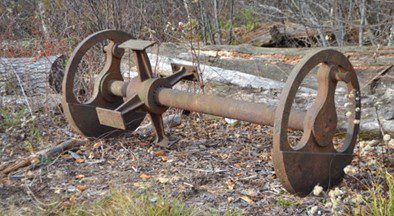
Massive driveshaft for two sash-type (up-down) saws from the Morse tide mill at Winnegance, Maine.
4. Promote appropriate re-uses of old tide-mill sites and the development of the use of tides as an energy source. Tide Mill Institute joined National Hydropower Association (NHA) in 2023 and participates in the Marine Energy and Small Hydro councils. This exposure to the cutting edge of marine energy development enables Tide Mill Institute to pass along the latest information to its members.
Tide Mill Institute has the ambition to implement a tidal hydropower demonstrator in Maine to educate the public about the potential of tidal power. This could take the shape of a small barge equipped with a turbine and generator tethered to a bridge in a fast tidal current (similar to University of New Hampshire and Atlantic Marine Energy Center’s research barge under the Memorial Bridge in Portsmouth, New Hampshire); additionally, the barge could be moved to various high-visibility locations. Tide Mill Institute welcomes industry and/or academic partners, and there are plans to apply for an educational grant for the project.
Currently, Tide Mill Institute is working on a TEAMER application to a study small site tidal hydropower in Maine with support from the National Renewable Energy Lab (NREL). The goal of this project is to evaluate the feasibility of generating electricity in tidal currents at “small sites” in Maine – sites generally smaller than the “hot spots” previously identified by NREL. These small sites are typically designated as “tidal restrictions” in the Maine Tidal Restriction Atlas, and many of them are also historical tide mill sites (see below). The objective is to demonstrate that useful amounts of electricity can be generated at small tidal current sites in a resilient, ecologically friendly, and cost-effective manner.
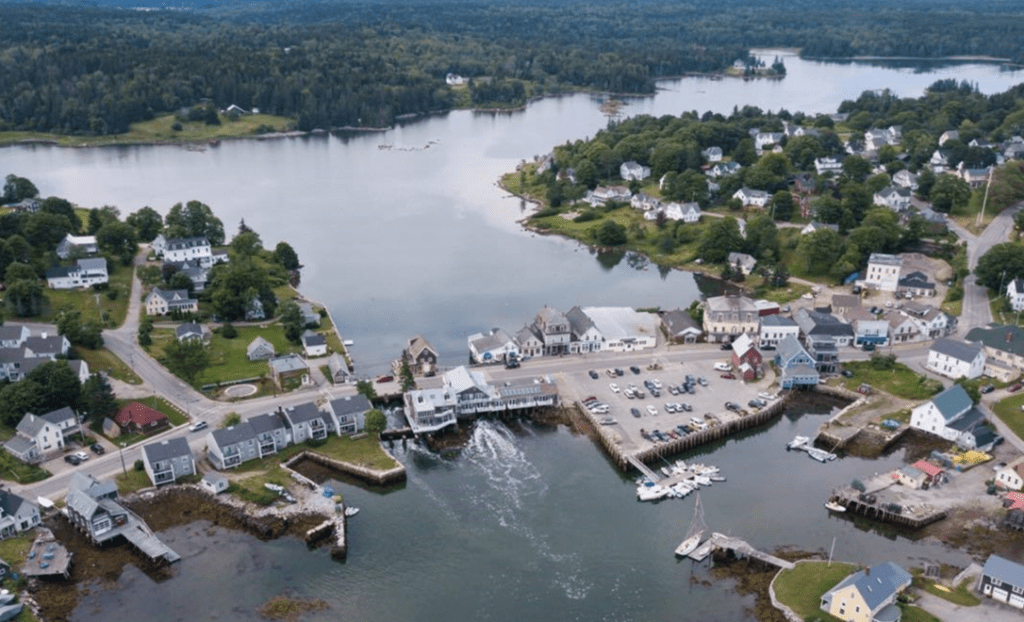
Fast tidal current flowing from Carvers Pond into Carvers Harbor at the Tidewater Inn, site of a former tide mill, Vinalhaven, Maine.
FOR MORE INFORMATION
Tide Mill Institute encourages readers to check out the Tide Mill Database, as well as the website for updates, events, and news.
If you’re interested in learning more about membership to Tide Mill Institute, or if you’d like to find out about the organization’s work, including how to get involved, please reach out to Tide Mill Institute here.

